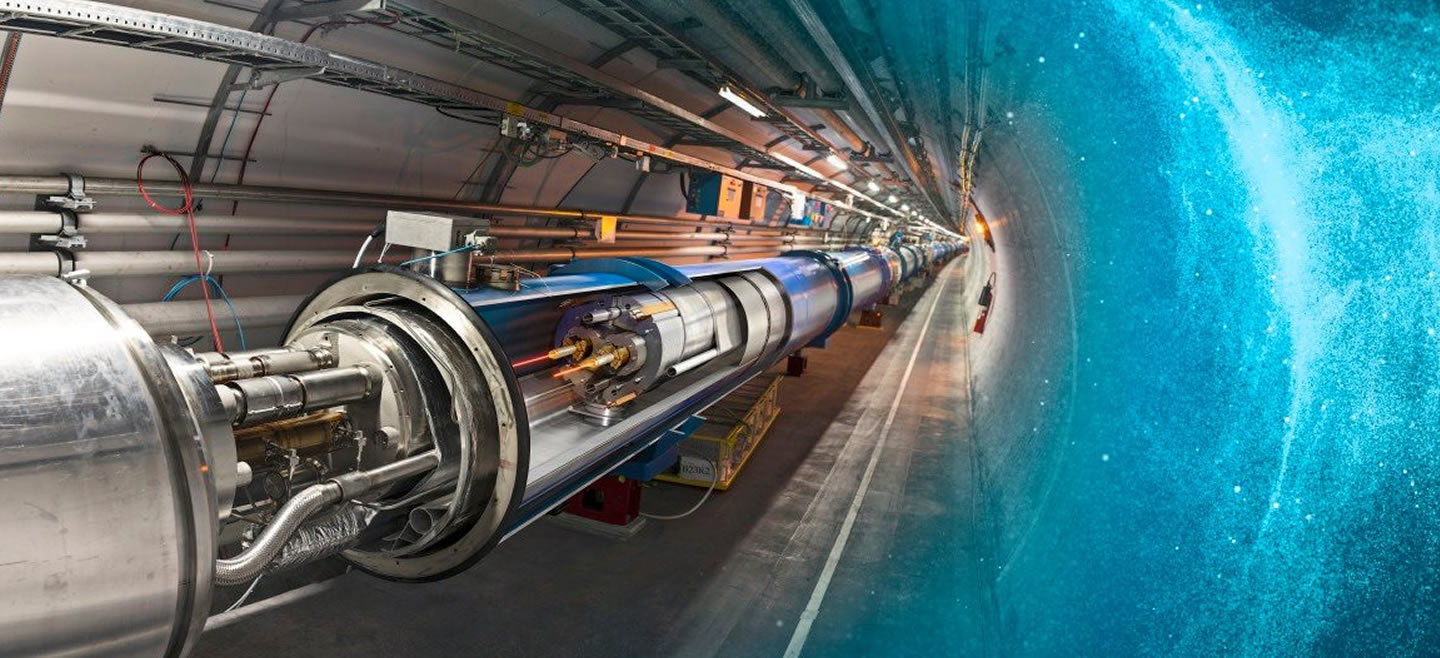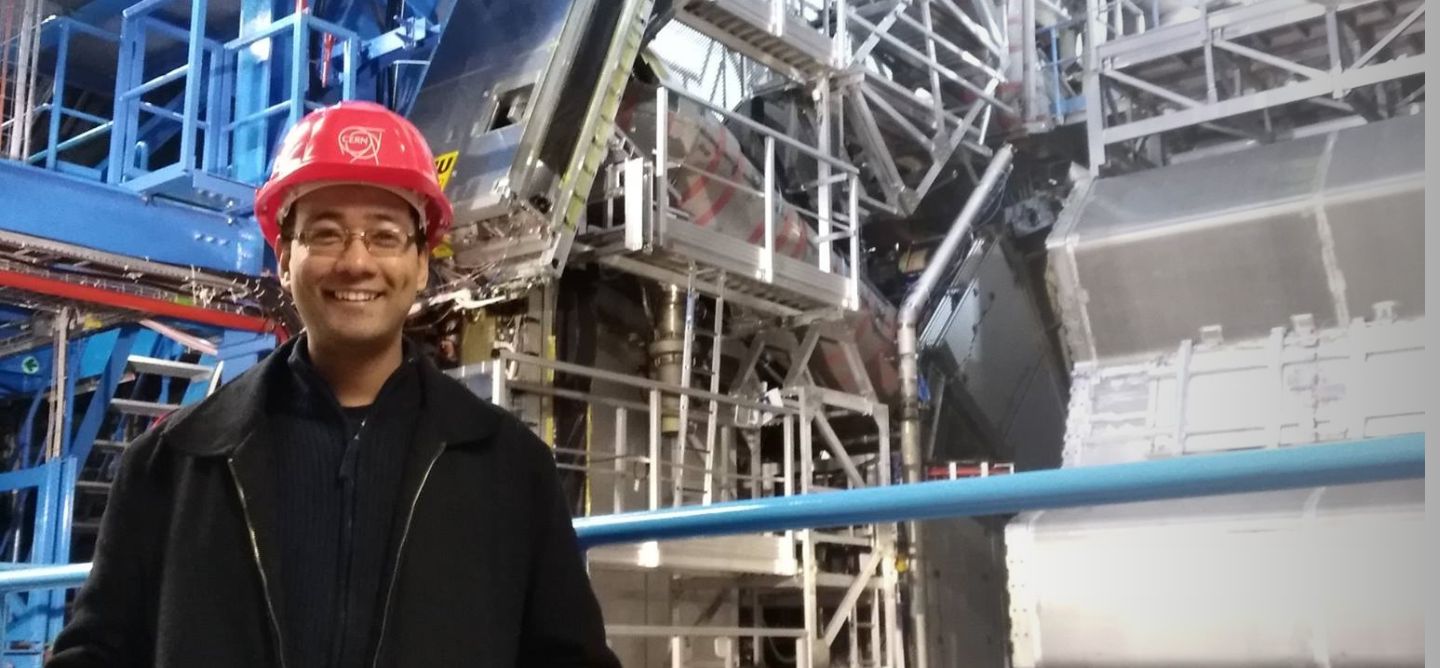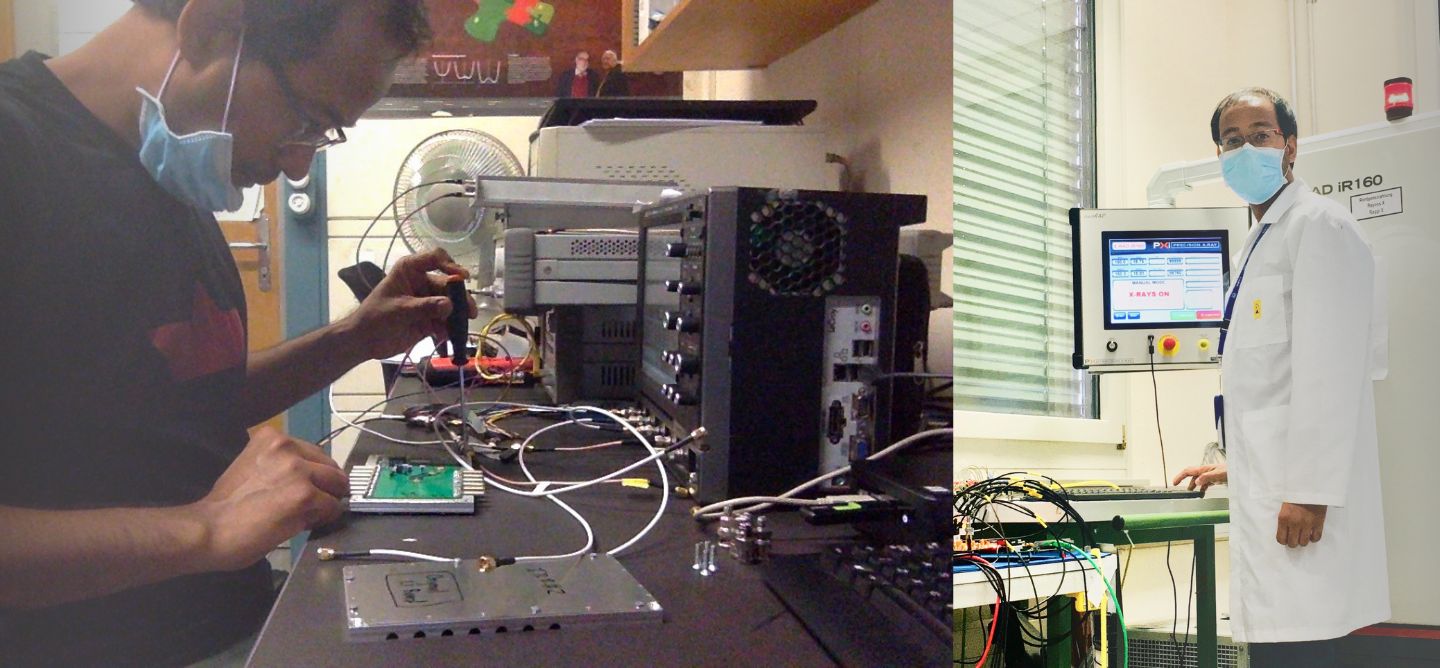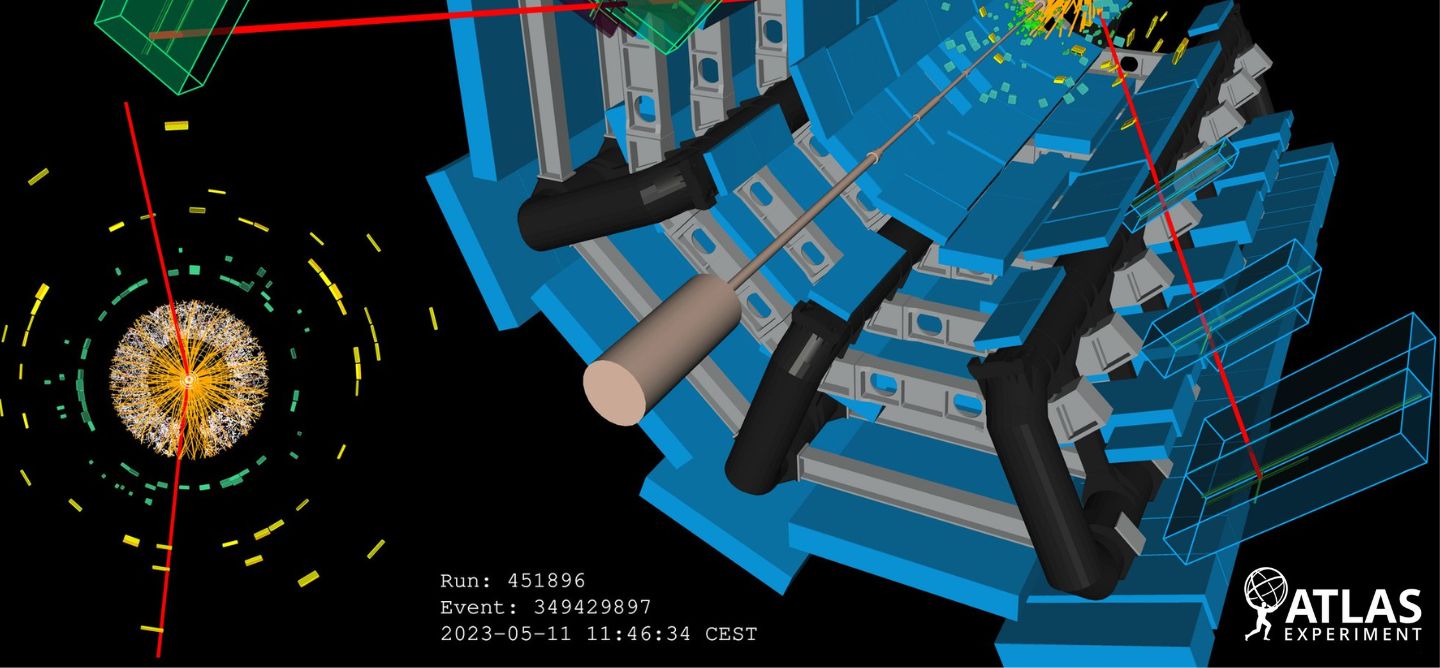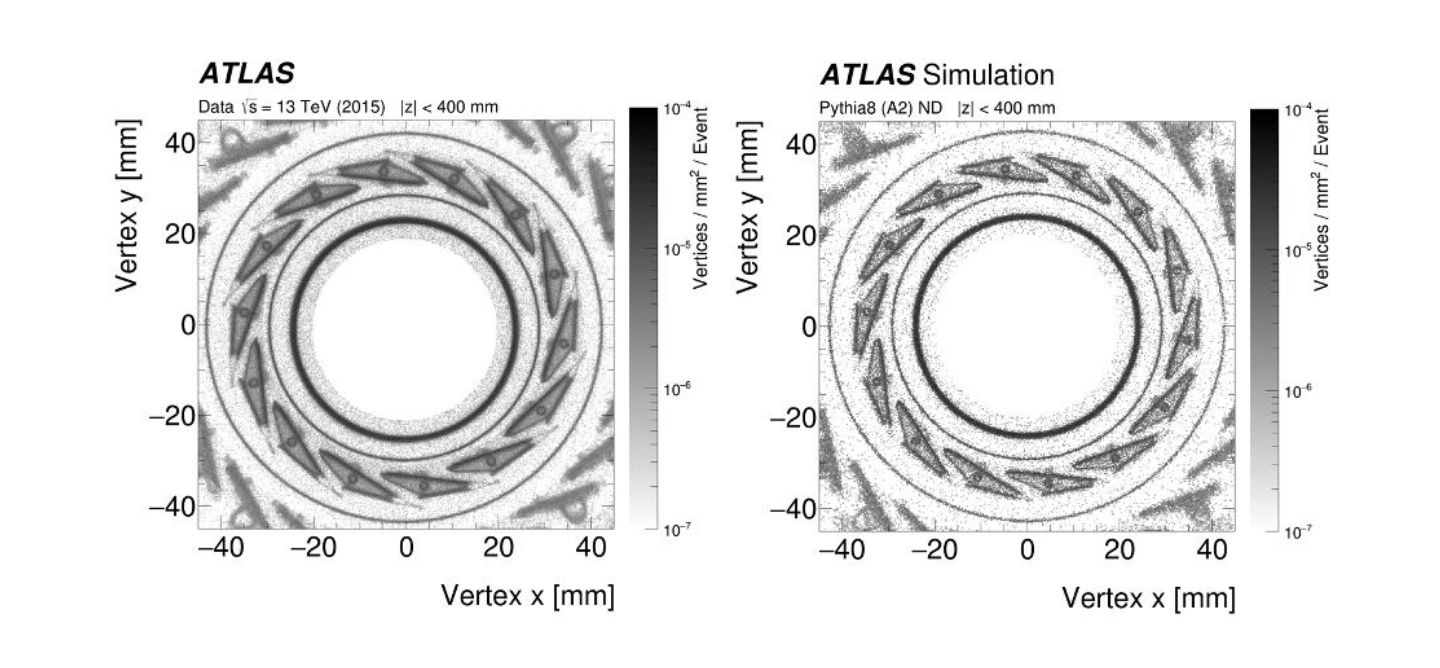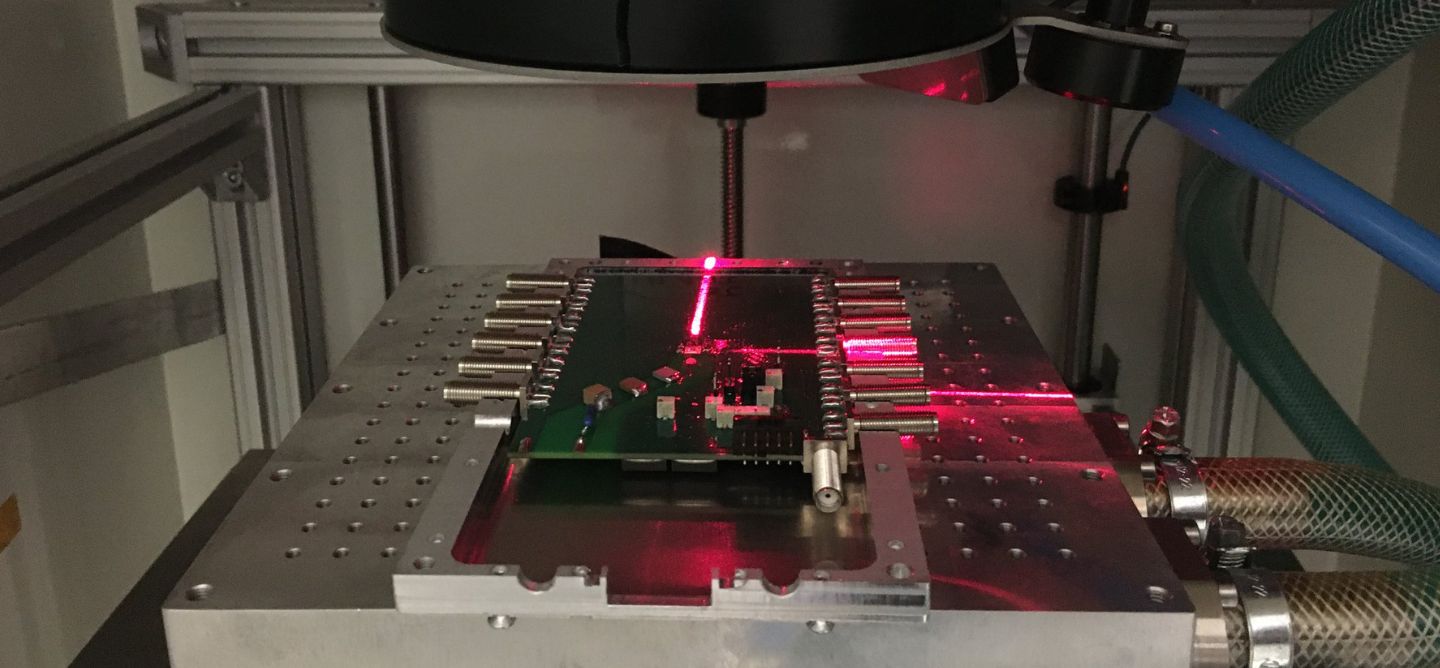Detector
Research, Development, Operation, and Upgrade
The ATLAS detector, one of the four major experiments built at the LHC, records the proton-proton collision data at the highest energies achieved in a laboratory. The ATLAS experiment is a collaboration of more than 3,000 scientists from around the world. Modern collider experiments such as ATLAS are large, highly collaborative in nature, span decades for construction, and provide data for several decades. As such, both the detector like ATLAS and the accelerator such as the LHC, are upgraded to reach new energy regimes, produce data at a higher rate, and provide more precise measurements. The LHC completed Run2 (2015-2018), and the results from the full luminosity of this run are now being analyzed and published. The third run of the LHC (Run3) was launched in the summer of 2022. The ATLAS experiment has begun collecting data again, and it is expected to collect about a few hundred fb-1 data by the end of Run3. In addition, efforts are underway for further detector upgrades to prepare for the High Luminosity LHC (HL-LHC), which will allow another doubling of the data acquisition rate. An estimated 3000 fb-1 of data will be collected at the end of the HL-LHC runs, approximately in 2040.
In order for us to carry out the analysis of data, we need excellent detector performance and data acquisition. Understanding this need, the PI has contributed to the BCM’ detector development. BCM’ is a critical component of the ATLAS inner tracker, which provides a safety mechanism for ATLAS and is important for luminosity measurement. The PI has performed irradiation tests of electronics for BCM’ and supervised students in the analysis of data of the predecessor of BCM’. Moving forward, WAC students will work in the development of the hardware and software for BCM’.
ATLAS contains several sub-detectors with various roles. One such detector is the beam condition monitor (BCM), whose primary function is the protection of the beam and silicon tracker, and the measurement of luminosity. BCM consists of eight 10x10 mm2 CVD diamond sensor modules. Four of these modules are placed on either side of the inner tracker (ITk) region, at Z = ∓184 cm and r = 5.5 cm. The radiation tolerance of diamond gives it the ability to withstand radiation with little deterioration of its abilities for charged particle flux up to 60 MHz/cm2, NIEL up to 1x1015 neq/cm2, and TID up to 50 MRad. BCM was first installed in ATLAS in 2008, and has been in operation throughout Run2 of the LHC.
As with the many other sub-detectors, BCM also needs to be upgraded to keep up with the expected
increase in charged particle density at the HL-LHC. At the HL-LHC, charged particle flux is
expected to be around 230 MHz/cm2 with pileup
Similar to its predecessor BCM, the BCM’ will be installed in the ATLAS Inner Tracker on either side of the interaction point (IP) at r = 100 mm and Z = ∓1800 mm, which is about 6.25 ns from the IP. The discrimination between the collision products versus the background is achieved through the time of flight (TOF) measurement. Collision products arrive at both sides of the BCM’ simultaneously while the background arrives with a time interval of 12.5 ns. I have run the irradiation tests to understand the consequence of the irradiation of the electronics developed for BCM’ and has supervised a summer student on a project that aimed to understand the luminosity measurements by BCM. Moving forward, WAC students will contribute to the hardware and software work at Ohio State, thereby gaining crucial experience, which helps with capacity building in hardware skills in experimental particle physics.
